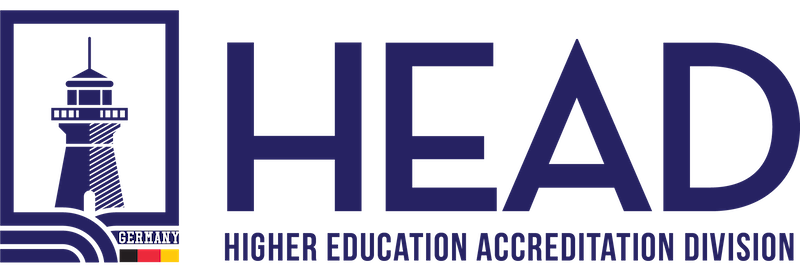The Importance of Monitoring and Reviewing External and Internal Issues in Higher Education

Higher education institutions are constantly evolving in response to changing external and internal factors. In order to remain relevant and competitive, it is critical for these institutions to monitor and review both external and internal issues on an ongoing basis. By doing so, they can adapt to changes and implement strategies that will enable them to succeed in today’s rapidly changing environment.
Monitoring external issues involves keeping a close eye on factors outside of the institution that could impact its success. This could include factors such as changes in government policy, shifts in the job market, or emerging technologies. By monitoring these external issues, higher education institutions can make informed decisions about how to adapt their programs and services to better meet the needs of students and other stakeholders.
In addition to monitoring external issues, it is also important for higher education institutions to review internal issues on an ongoing basis. This could include analyzing data on student enrollment and retention, evaluating the quality of academic programs, and assessing the effectiveness of student support services. By doing so, higher education institutions can identify areas where they can improve and implement strategies to address any issues that may arise.
There are several benefits to monitoring and reviewing external and internal issues in higher education. Perhaps the most important is that it enables institutions to stay ahead of the curve and remain competitive. By staying abreast of external factors that could impact the institution, and reviewing internal issues to identify areas for improvement, institutions can implement strategies that will enable them to remain relevant and attract students in an increasingly crowded marketplace.
Another benefit of monitoring and reviewing external and internal issues is that it enables institutions to make informed decisions about resource allocation. By analyzing data on student enrollment and retention, for example, institutions can identify areas where they need to invest resources to improve student outcomes. Similarly, by monitoring external factors such as changes in government policy or emerging technologies, institutions can make strategic decisions about how to allocate resources in response to these changes.
Finally, monitoring and reviewing external and internal issues can help institutions identify potential risks and opportunities. By keeping a close eye on external factors that could impact the institution, such as changes in government policy or shifts in the job market, institutions can identify potential risks and take steps to mitigate them. Similarly, by reviewing internal issues, institutions can identify areas where there are opportunities for growth and development.
In conclusion, monitoring and reviewing external and internal issues is critical for higher education institutions that want to remain relevant and competitive in today’s rapidly changing environment. By doing so, institutions can make informed decisions about how to allocate resources, identify potential risks and opportunities, and implement strategies that will enable them to succeed over the long term.
Source: HEAD – Higher Education Accreditation Division
Would you like to speak to one of our Higher Education Accreditation Expert? Just submit your details and we’ll be in touch shortly. You can also email us if you would prefer.

